What To Do With Old Coffee Beans
You know when you get to the end of a coffee bag, and there are still a few beans left? Not enough for a whole brew, but too much to add to the previous one? What do you do with these odd, small doses of beans? Collect them and make a Frankenstein blend?
I usually throw all my leftover beans into a container. By the time I’ve collected enough for a brew, they are usually pretty old. Not ideal for a pour-over. So what to do with old coffee beans?
Here’s 11 creative uses for old coffee beans, both used and unused! No more waste!
11 Uses For Old Coffee Beans
1. Make Cold Brew Coffee

My go-to way of using coffee beans past their prime is to use them for cold brew.
Collect all your last bits of each coffee bag in a separate container. When you have enough beans, use them to whip up some cold brew. It might not be the tastiest batch you’ve ever made, but it certainly works well for adding milk to.
Use a ratio of one part coffee to five parts water. Grind the coffee beans coarse and soak them in water for between 18 and 24 hours. You don’t need to have specific cold brew coffee gear for this— a French press works just as well.
Learn more in our cold brewing guide for more!
2. Cover Them In Chocolate
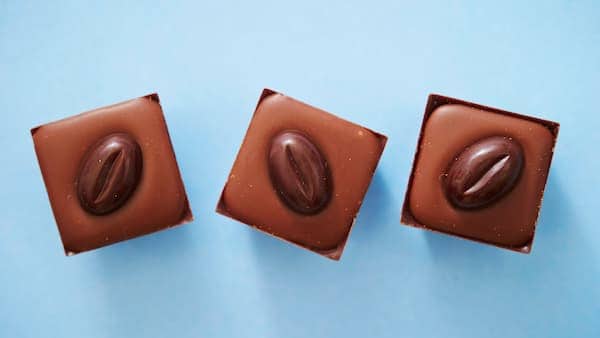
There are few things better than the glorious marriage between coffee and chocolate. So what better way to use your old coffee beans than to coat them in chocolatey goodness and eat them?
This is such a great use for old coffee beans because you won’t be able to tell that they are old. A cup of coffee tastes the way it does because of the soluble flavor compounds that we extract. When we munch on espresso beans, fresh or old, we get a very limited palette of flavors.
All you need to do is melt whatever chocolate you like, but dark works great in my opinion, throw in your old coffee beans and give them a stir. Then fish out the beans one by one and set them aside to cool. Once the chocolate has hardened, you’ve got yourself some delicious homemade chocolate coated coffee beans.
These little beauties can be a pretty healthy snack— just be careful of the sugar content of the chocolate that you use.
Related Read: Whole Beans VS Coffee Grounds
3. Donate Them To A Food Bank Or Shelter
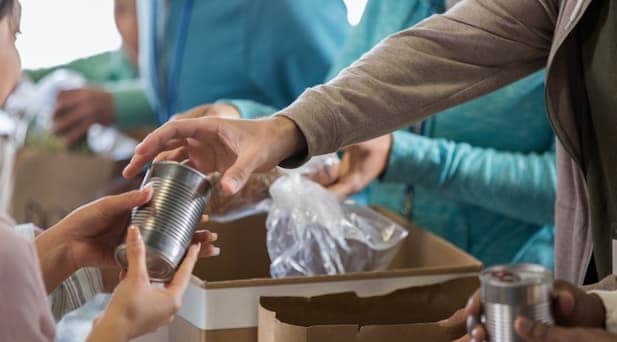
The flavors of coffee often peak somewhere between a week and a month post-roast. But as long as the bag is unopened, it is still safe to consume for years to come.
If you find yourself with a surplus of unopened coffee bags that have passed their flavor peak, why not donate them to people who might need them. If you are buying specialty coffee, a bag of year-old beans beats the pants off a fresh bag from the average supermarket.
4. Grind & Scrub Your Skin & Caked On Foods
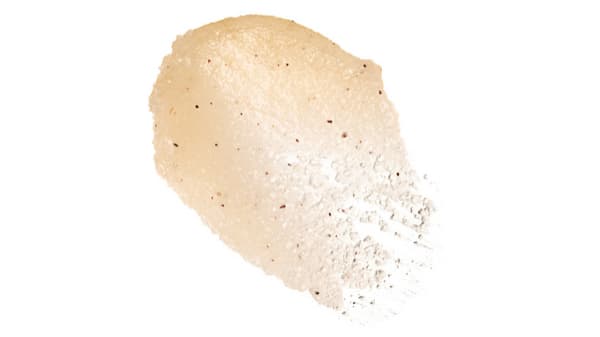
The gritty texture of ground coffee makes it an excellent exfoliant for your skin. Grinding beans up and gently rubbing the grounds on your skin not only removes dead skin cells, but it smells damn good, too. Mix them with coconut oil and (optional) vanilla extract for a simple and natural exfoliant.
Old coffee grounds can also work a treat on dishes and cookware with caked-on food. Simply add some of the old coffee grounds to your pots or plates and scrub like normal. A nice, natural way of getting off tough stains that isn’t harsh on your skin.
You don’t need fresh, unused beans for this. Using the spent grinds from this morning’s V60 works just as well. We don’t need the flavor— all we need is that texture. Keep a bowl of grinds next to the sink and use it when you need it.
Hallelujah to coffee & coconut oil!
5. Coffee Grounds In Garden For Compost

How about showing your garden plants some caffeinated love? Not by brewing it a tasty Chemex, but by adding grounds to compost.
Grounds, especially those from espresso beans, make an excellent, nitrogen-rich addition to your pile. They’ll improve your soil structure, and your plants will love it in ways you can’t comprehend.
One study even showed that a compost pile consisted of 40% coffee grounds and other food waste produces lower levels of greenhouse gas emissions. It also makes a higher-quality soil when compared to compost with no grounds added.
This can be done with fresh or spent coffee grounds. Some paper filters are also compostable, meaning that you can completely cut the waste out of your morning brews.
So next time you make a pour-over, rather than dumping the grinds in the trash, put them in your compost bin. Your garden and plants will thank you. Although, you should check out which plants like coffee grounds before hand as some like it more than others!
6. Natural Insect Repellent
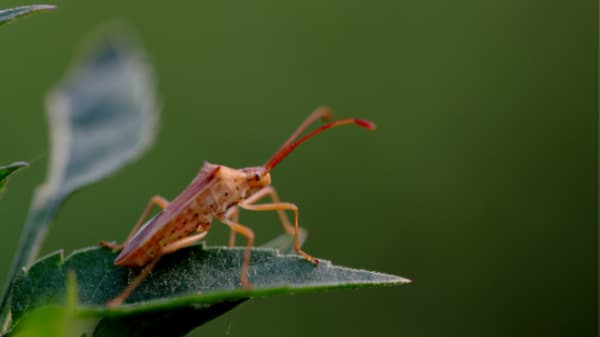
While some pests, like the dreaded coffee-borer beetle, absolutely love coffee, others hate it. Mosquitos, fruit flies, snails, and slugs are among the pests that can’t stand the stuff.
Coffee contains compounds, like caffeine and diterpenes, that can be toxic to pests. We can use this to our advantage, using coffee as a natural insect repellent.
It’s easy. Grind up some old coffee beans and place the grounds in bowls around where you are sitting. You can even sprinkle the coffee grounds around seating areas. You might look a little odd doing so, but the haters will eat their words when you walk away from the picnic mosquito bite-free!
If slugs and snails have been getting to your plants, scatter some coffee grounds around. This will create a caffeinated forcefield on the ground that our slimy friends don’t like to cross one bit.
The best part about this pest control method is that it uses no harsh chemicals that can poison the soil.
7. Odor Neutralizer
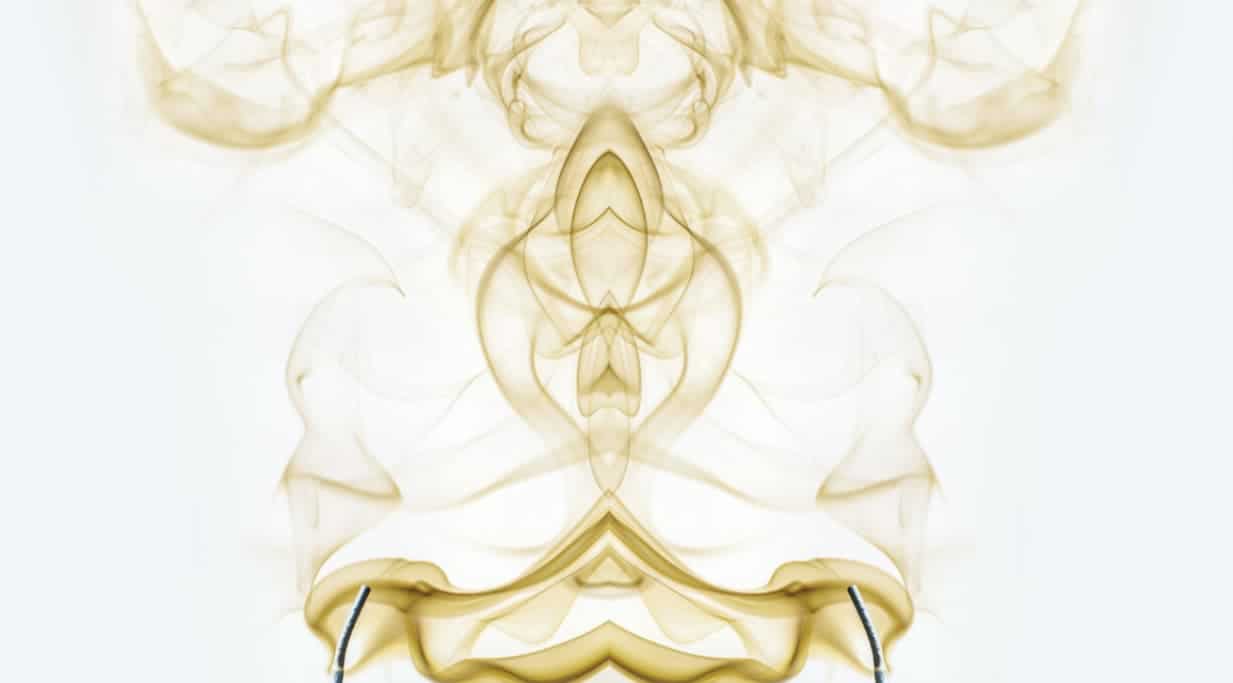
Nitrogen (N2) is great for eliminating bad odors. Lucky for us, coffee grounds are around 2% N2 by volume. What does this mean? It means that we can use coffee grounds to absorb and neutralize bad smells!
This old coffee bean hack really stands out in the fridge or freezer. Grind up some beans, place them in a bowl, and put them in your fridge. It’ll get right to work, sucking up whatever’s going on in there.
And it doesn’t just work with fridges and freezers— anywhere that needs a bit of love in the odor department will dig this handy hack. Fill an old sock or panty house with coffee grounds, tie off the end and throw it into your gym bag or shoe cupboard.
8. Create Coffee Art & Things

Use old coffee beans to unleash your creative side of things! Let the ideas run wild, from a mosaic made entirely out of coffee beans to coffee grounds for some sand-style art. There are many ways to use your old beans creatively. All you’ll need is glue, beans, and your own creativity. Use the beans as the main medium, or grind the beans to add some texture to paint.
Not the painting type of creative? Use your old coffee beans for crafts, brewing up some cool decorations around the home.
Come Christmas time, show your love for our caffeine overlords by filling clear Christmas tree balls with beans! Hang those bad boys on the Christmas tree for a sweet, unique ornament that’ll show the true coffee lover that you are!
If you can’t wait till Christmas, try layering coffee beans over pebbles in a mason glass jar and top it with a candle. Maybe replace the candle with a bundle of birch twigs. Whatever you like— go nuts with the whole lot.
9. Tenderize Meat
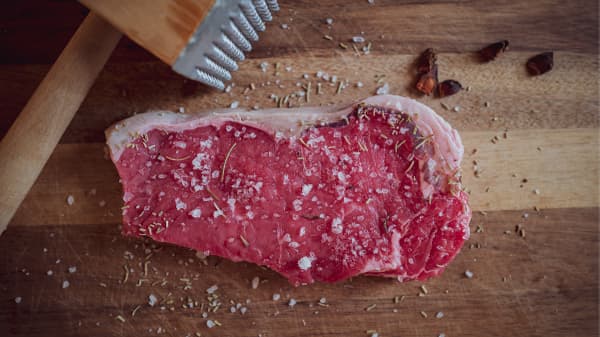
Coffee beans can add great earthiness to many different foods. Mushrooms with a pinch of coffee grounds really gain a kick of that umami goodness, and a big pot of chili goes well with a mug of coffee rather than stock.
But coffee isn’t just good in food when used as a spice. Natural enzymes in coffee mean that it can make a solid meat tenderizer, too.
Most people are aware of creating a marinade using spices, oils, and some kind of acidic component. A coffee marinate is basically the same thing, except rather than salt and citrus working their magic on the meat, it is the enzymes in the coffee.
Find whatever old beans you have and grind them up. Make a strong batch of coffee; however, you normally do it. French press or a drip brewer— both are good. Let the coffee cool, then allow your meat to sit and marinate for 24 hours. Grill or BBQ it the way you usually would and dig the power of coffee and its wonders.
Use this coffee marinade as a base, adding other favorites like garlic, onion powder, cumin, and paprika for a really killer marinade. Perfect for plant-based meats, tofu, mushroom, chicken, and steak.
10. Make A Natural Dye

Have you ever gotten too excited when drinking a cup of coffee? Over-sipping that tasty bean juice, sending coffee down your chin, and right onto your new white t-shirt? Yeah, me neither…
You can harness that same staining power of the coffee bean, using coffee grounds as a natural dye for clothes and home linens.
Take some no longer tasty, old coffee beans and brew them up. You’re going to need quite a lot of coffee for this one as you need to soak whatever you want to dye. Brew up the beans nice and strong, transfer the brew to a big old pot, and bring it to the boil. Turn off the heat, then add your cloth to the pot. Give it a swirl around with a spoon, ensuring that all the fabric is wet and is staying submerged.
Leave the cloth for at least an hour, but overnight is probably better. The longer you leave it, the deeper the color will be. Finally, rinse the cloth with cold water and a splash of vinegar for 10 minutes. Give it another rinse, and you’re good to go with your upcycled coffee clothes!
11. Try This Grow Mushrooms Recipe
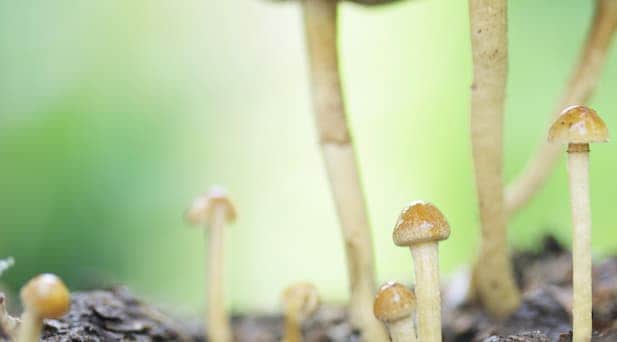
Go for a walk after the rainy season— wherever there is grass, you’ll probably see some mushrooms. They grow everywhere and on pretty much anything that can provide them with some form of nutrients. On wood, straw, cardboard, even used coffee grounds.
If you want to grow your own shitake or oyster mushrooms, this is a super easy, waste-free way of doing it. You don’t need tons of space so that it can be done in an apartment.
Here’s the recipe:
Mix 60% used coffee grounds with about 30% straw and 10% mushroom spawn. Mix everything up real good, making sure there are no clumps, as this may lead to mold. Fungi is good. Mold is not. If you don’t have enough grounds at home, ask your local coffee shops to hook you up.
Transfer the mixture to a grow bag and let it incubate in a warm dark place for 2-3 weeks. After that, cut some holes and hang the bags in humid fresh air for 1-2 weeks. You should have a tasty collection of mushrooms ready to harvest in 3-5 weeks. Not bad for a bunch of coffee grounds and some straw!

